REVIEWS
REVIEW: ‘ROGUE ONE: A STAR WARS STORY’ IS THE PREQUEL THAT STRIKES BACK
The phrase ‘spin-off’ has been used a lot in relation to the latest entry into the Star Wars canon, Rogue One: A Star War Story. While it is true that we’re dealing with virtually an entirely new cast of characters and visiting previously unseen worlds, Rogue One is far more than just a mere spin-off. As the final spine-tingling shot flows effortlessly into A New Hope, audiences will gasp and cheer as the realization dawns that Rogue One is the prequel we’ve always wanted.
This isn’t to say that Rogue One is ostensibly Episode 3.5 (it’s more like Episode 3.9 in terms of proximity) as Gareth Edward’s take on the Star Wars Universe defiantly refuses to follow the grandiose strokes of the previous 7 Star Wars film and instead focuses on the minutiae of the emerging Rebel Alliance and the strident Empire. Rogue One is still a Star Wars movie, just not as we know it.
“WARS NOT MAKE ONE GREAT”

We open on the arrival of an Imperial shuttle to a wet farmland owned by Mads Mikkelsen’s Galen Erso who orders his daughter, Jyn, to seek refuge as he confronts the Empire’s Chief Weapons Researcher, Orson Krennic. Krennic needs Galen to rejoin his project (wonder what that could be) and won’t take no for an answer as he brutally coerces Galen into boarding the shuttle. Jyn escapes the stormtrooper search party and is promptly found by Forest Whittaker’s Saw Gerrera. Rogue One then leaps forward to over a decade later to find a fully grown Jyn (Felicity Jones) taken prisoner by the Empire and is inadvertently rescued by the rebel alliance seeking to free their operative, Cassian Andor (Diego Luna).
Rumors are abounding of a secret Imperial weapon being developed that will bring the galaxy to its knees and Cassian is sent to the worn torn planet of Jedha to investigate a lead with Jyn reluctantly in tow. What follows is a story of intrigue and subterfuge as the rebels slowly come to the realization of what this new weapon is and desperately seek a way to throw a spanner in its works.
Both in rhythm and tone, Gareth Edwards creates a far more grimy and layered approach to proceedings than we’ve seen in canonical Star Wars movies before. Employing an almost cinéma-vérité approach with handheld shots and darkly lit environments, he strips the saga of its operatic overtones as he focuses on the heroes and heroines of the rebellion who likely won’t be seeing a medal anytime soon. These are the grunts, the footsoldiers, and the unsavory types who are often too rebellious for the rebellion itself. The most notable of which are the Imperial defector, Bodhi Rook (Riz Ahmed), who lends a wry exasperation to his constant “rock and a hard place” predicament and the droid K-2SO (voiced by Alan Tudyk), who is a combination of The Knights of The Old Republic‘s HK-47 and Big Hero 6‘s Beta-Max with a dry wit that offers plenty of comic relief.
We also get a clearer insight into the inner workings and politics of the Empire. This is the totalitarian regime at its most pompous and arrogant that regards the rebellion at this stage as little more than a nuisance. Grand Moff Tarkin is resurrected to stunning effect via some CGI witchcraft (and voiced convincingly by Guy Henry) and is just as slimy and conceited as you remember as he persistently slaps down Orson Krennic’s naked ambitions whose precious Death Star is starting to prove its worth. And, of course, a certain Lord Vader makes his presence felt in two scenes that reinstate him as the galaxy’s no.1 badass after the hatchet job carried out on this most iconic of characters throughout the prequel trilogy.
A NOVEL IDEA

While Rogue One more than meets its action quota, most of it is confined to an exhilarating final battle over and on the planet Scarif that’s reminiscent of the Battle of Endor. For the most part, the film is more of a political/spy thriller than a popcorn-fuelled spectacle. Although Rogue One doesn’t feature any content that would be unsuitable for younger viewers, it is questionable how invested they will become during the opening 90 minutes which is far more concerned with plotting and machinations than lightsabre duels or space chases.
In many ways, Rogue One has more in common with the sublime Battlestar Galactica series than its own brethren. Ronald D. Moore’s take on the Galactica mythos was often praised by critics and fans alike as a great drama that just happened to be set in space, and the same applies here: Rogue One is a great drama that just happens to be set in the Star Wars Universe.
Disney CEO Bob Iger recently issued a statement to quell the boycotting debate that Rogue One is not a political film but, clearly, the actual filmmakers didn’t get the memo. It’s hard not to see the depiction of the beleaguered Jedha overflowing with scum and villainy under Empire occupation as anything other than an allegory for the scenes coming out of Syria and Iraq on the nightly news. Likewise, the inner struggles of the rebellion that’s barely organized by an ineffective, squabbling council is a potent metaphor for moderate political parties across the world failing to stand their ground against the rise of the far-right.
What we are seeing here, in the simplest of terms, is the novelization of a Star Wars movie. Writers Chris Weitz and Gary Whitta have dispensed with the jingoistic rhetoric of previous Star Wars scripts and given the dialogue a conversational tone that emerges organically. Gone are the usual broad storytelling sweeps that have defined Star Wars up until now and are replaced by a more ‘Box-Set’ like feel to developments, giving the film a far more contemporary atmosphere than the nostalgia-infused love letter that was The Force Awakens.
FULLY OPERATIONAL?

Not that Rogue One is a Star Wars movie in name only. There are plenty of delicious easter eggs and cameos for fans to get their teeth into and the stormtroopers are just as haplessly inept as ever, which is almost to the film’s detriment given its more grounded approach. There are some really nice touches like reusing some carefully selected footage and dialogue from the Death Star assault in A New Hope to convey an unerring sense of continuity in the final battle that we were almost contemptuously deprived of in the prequel trilogy. Plus there’s a delightful nod to fans as a literal plot hole from A New Hope is neatly filled in. However, it will be the final, goosebump-raising shot of Rogue One that will have Star Wars fans whooping and applauding at theater screens around the globe as it dovetails sublimely into Episode IV.
The one piece of hesitancy in this bold take on the franchise, though, is Michael Giacchino’s score which can’t make its mind up as to whether to ape John William’s peerless symphonies or go its own way. There are a few familiar cues here and there but overall it remains indistinct and indecisive. It may not be the esteemed composer’s fault either as he was brought in over the summer to replace Alexandre Desplat, whose efforts were rejected by Disney, and he was likely given strict guidelines that perhaps have given his score a “that’ll do” feel. One cannot overstate the importance of the music in Star Wars and future spin-offs must address this issue if they want to sit comfortably at the same table as the rest of the saga.
That one complaint aside, Rogue One: A Star Wars Story is an unmitigated triumph that has laid down a formidable benchmark for not only other Star Wars Stories to meet but also for Episodes VIII and IX too.
VERDICT:
A-
IMPRESSIVE… MOST IMPRESSIVE. ‘ROGUE ONE’ SURPASSES ALMOST ALL EXPECTATIONS AS IT ENRICHES AND EXPOUNDS ON THE BELOVED FRANCHISE WITH VIM AND VIGOUR.



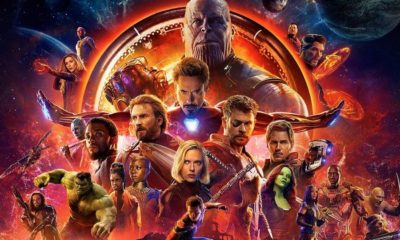
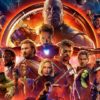
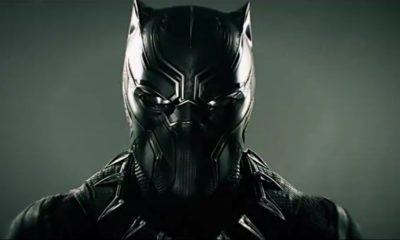

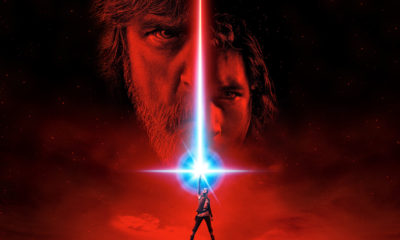
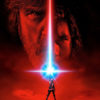
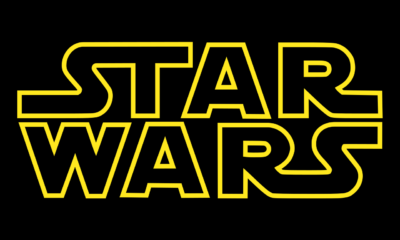
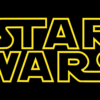





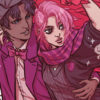
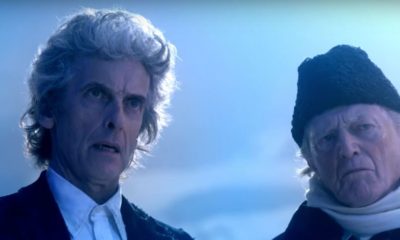
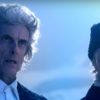
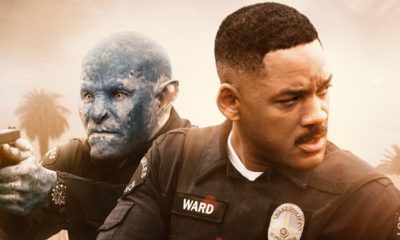
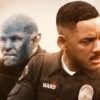

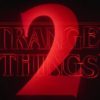
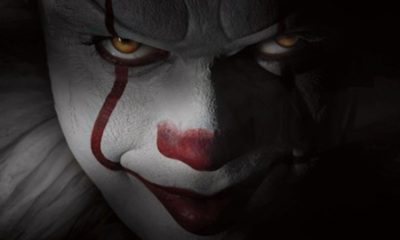
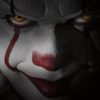
Pingback: MOVIE PREVIEW: IS ‘ROGUE ONE’ SET TO BLOW UP THE BOX OFFICE THIS WEEKEND? – Cavalcade